Resources
MI Hospital Careers
2023 Hospital Workforce Vacancies
Improving Recruitment, Retention and Training of Michigan’s Healthcare Workforce
Healthcare Workforce
Hospitals are one of the largest employers in many Michigan communities, collectively employing 208,000 full and part-time employees. However, a shortage of healthcare workers has impacted hospitals for several years and the COVID-19 pandemic only exacerbated the shortage, making an expected shortage of healthcare workers happen sooner and to a much worse degree.
Many vacancies were due to unscheduled and abrupt employee retirements, resignations and reduced hours due to burnout and increased rates of violence against healthcare workers. State workforce grants from Public Act 9 of 2022 and Public Act 5 of 2023 have significantly assisted hospitals in reacting to the healthcare workforce crisis and provided stability to healthcare.
Despite the stabilization, a survey completed March 2023 by 95% of the MHA membership continues to show the significant staffing vacancies in hospitals throughout Michigan. Overall, hospitals have more than 27,000 current job openings, including nearly 8,500 open nursing positions. The nursing vacancy rates in Northern Michigan and mid-Michigan rival those in the more urban areas of the state. The number of job openings creates a cascade of problems, from longer wait times in the emergency department, reduced services and more difficulty transferring patients to the appropriate care setting.
Michigan healthcare facilities must remain prepared for and responsive to patients who need urgent and life-saving care. Healthcare workforce staffing shortages are expected to persist and Michigan must address both the short- and the long-term workforce crisis that is driving this problem before it forces even more difficult healthcare decisions.
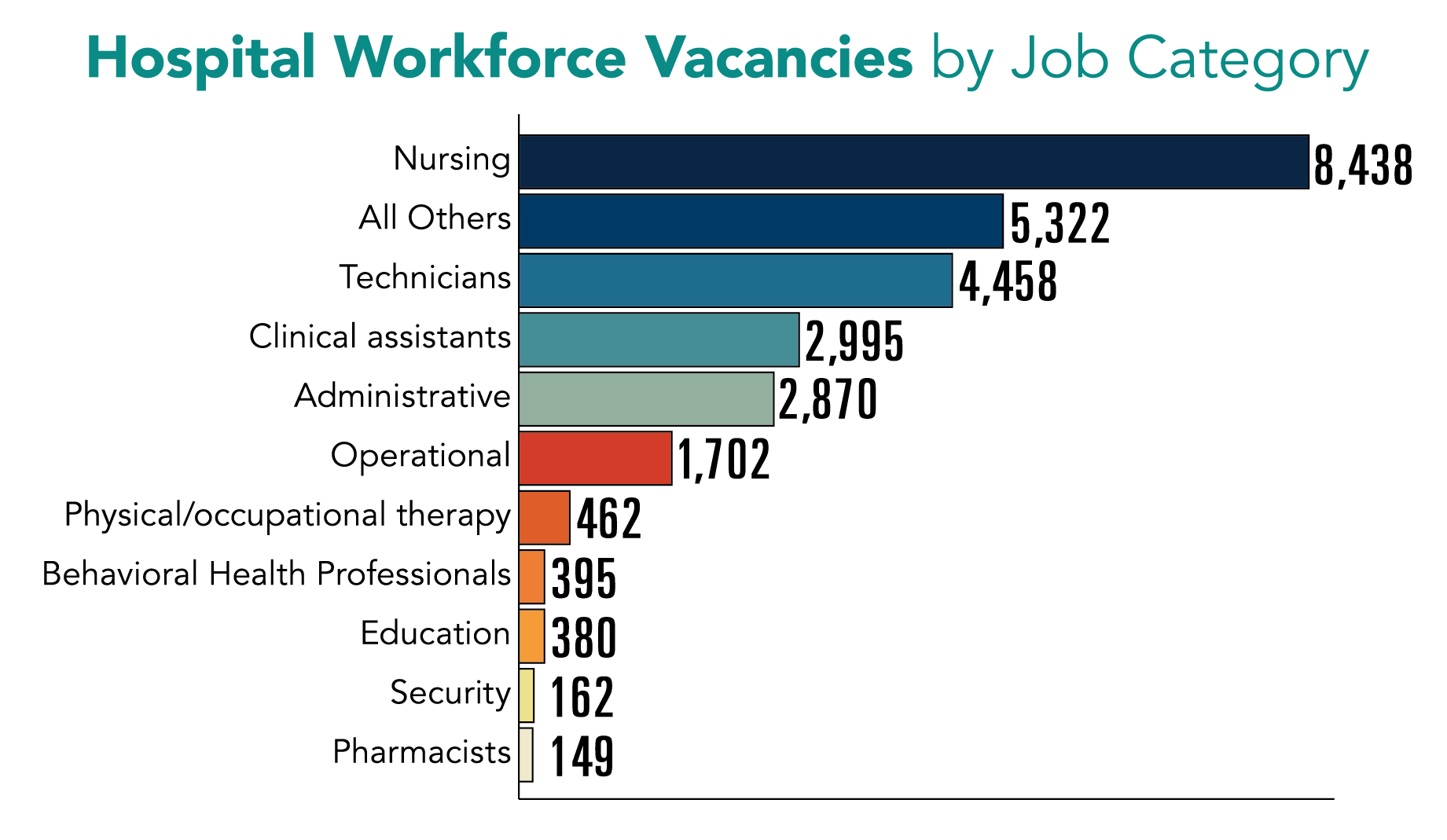
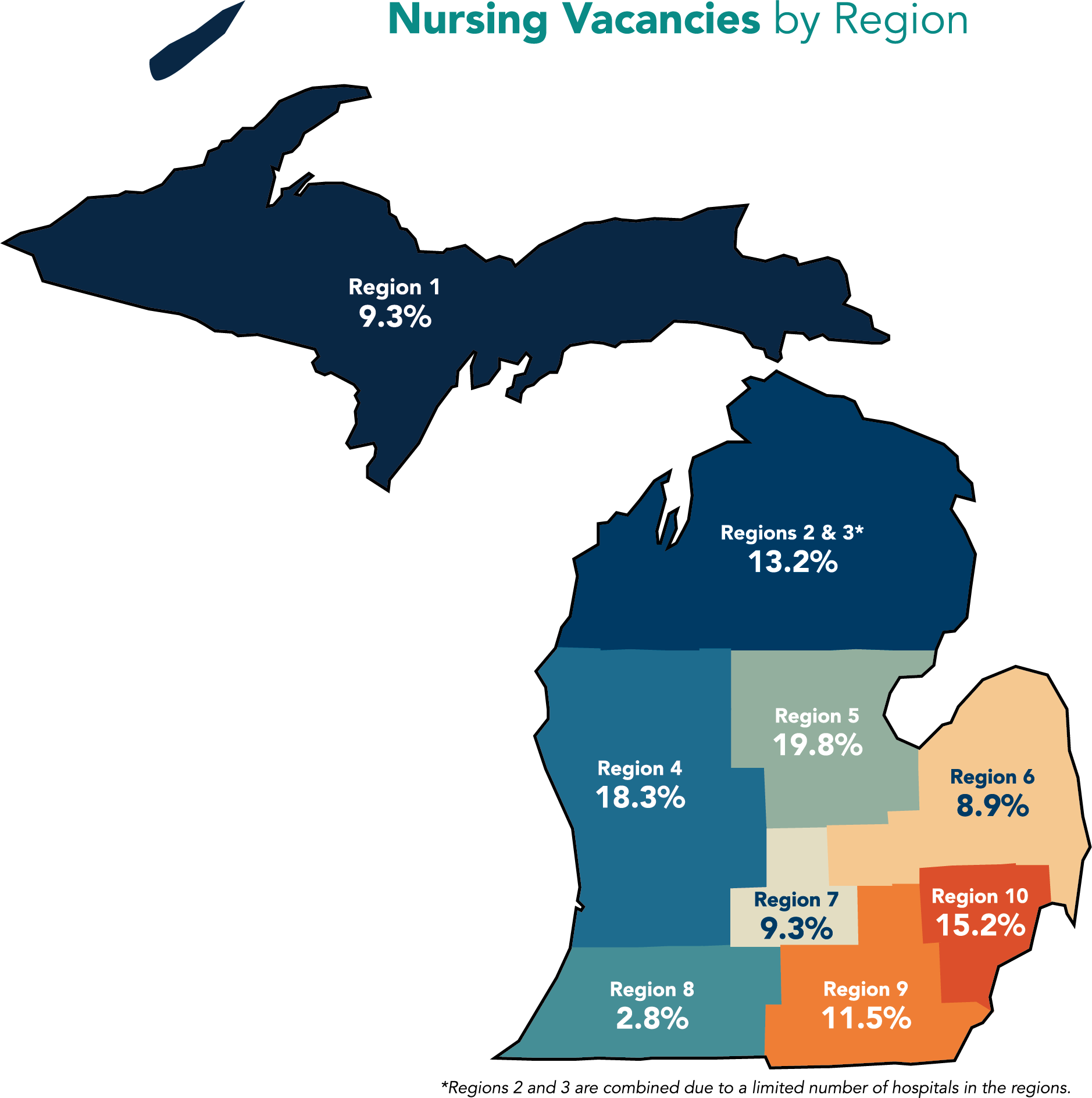
MI Hospital Careers
Beyond the doors of your local hospital, neighbors, friends and family members from all backgrounds and industries are contributing to the lifesaving care our communities need. More than one million Michiganders work in the healthcare industry, making a combined $72.2 billion in wages, salaries and benefits. Nearly 572,000 Michigan residents hold direct patient care jobs, providing medical or supportive care to patients. An additional 502,000 Michiganders work in indirect healthcare jobs, making sure that the doctors, nurses and medical professionals have the supplies and systems necessary to provide care.
The new MI Hospital Careers campaign aims to ensure students in high school and college know about healthcare career opportunities, as well as working professionals looking for a rewarding new career. Without addressing the existing healthcare workforce shortage, Michigan residents risk losing access to quality, accessible healthcare services within their local community.
 Graduate Medical Education
Graduate Medical Education
Graduate medical education (GME) is a formal, hospital-sponsored or hospital-based training program for individuals who have completed medical school and earned an M.D. or D.O. degree. It includes residency, internship, fellowship, specialty and subspecialty programs. Completion leads to physician state licensure and board certification, allowing physicians to further their medical education while delivering much-needed care to patients throughout Michigan. With the shortage expected to persist beyond the pandemic, graduate medical education plays a vital role in filling the talent pipeline for healthcare clinicians. Without the investment in GME and physician residency training, Michigan’s shortage of physicians would be even more dire.

Workplace Safety Protections
Healthcare workers across the country are experiencing a growing rate of incidents of violence against front-line caregivers, including workers in Michigan. Since the onset of COVID-19 in the United States, data shows violence against hospital employees has markedly increased: 44% of nurses report experiencing physical violence and 68% report experiencing verbal abuse during the pandemic. Michigan hospitals are increasingly focused on ensuring the physical and psychological safety of staff and volunteers, which is vital to continue delivering the highest quality of care.
While the MHA, MHA Keystone Center and Michigan hospitals are partnering to address violence against healthcare workers through trainings and through the work of the MHA Workplace Safety Collaborative, more can be done.
 Workplace Safety Posters
Workplace Safety Posters
The MHA developed workplace safety posters for members to display throughout their facilities communicating the consequences of committing physical harm toward healthcare workers or hospital property. The informational posters are geared toward patients, families and visitors, with a couple of creative options available in two sizes. With the help of MHA Endorsed Business Partner AMN Healthcare Language Services, Spanish and Arabic versions are also available. Complimentary copies of the materials are available to MHA members by request through an online order form. Non-members may purchase materials at cost. Questions about materials may be directed to the MHA.
Nursing Scope of Practice Guidance
Many states rely on a state-level Nurse Practice Act to outline the scope of nursing practice and the professional and ethical conduct nurses must adhere to. Michigan eliminated the Nurse Practice Act in 1978 and incorporated all rules and laws regulating health personnel into a new Public Health Code, which now defines the practice of nursing in Michigan.
To help understand the difference in scope of practice between licensed practical nurses (LPN) and registered nurses (RN), the MHA developed the Understanding LPN and RN Scope of Practice resource.
This resource outlines specific job functions that RNs and LPNs can perform as defined by the Michigan Public Health Code, the Michigan Department of Licensing and Regulatory Affairs Administrative Rules of Nursing, as well as CMS Conditions of Participation for both hospitals and critical access hospitals.
The guidance may be helpful as facilities experience staffing shortages and consider redistribution of job functions to other qualified medical personnel.

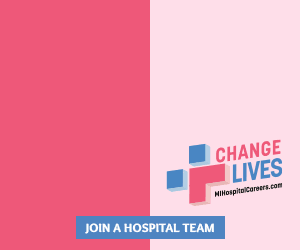
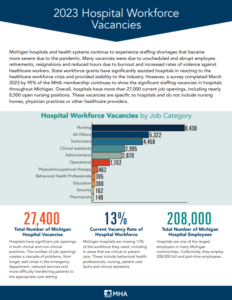
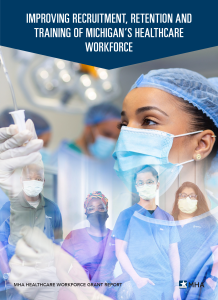
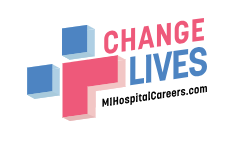
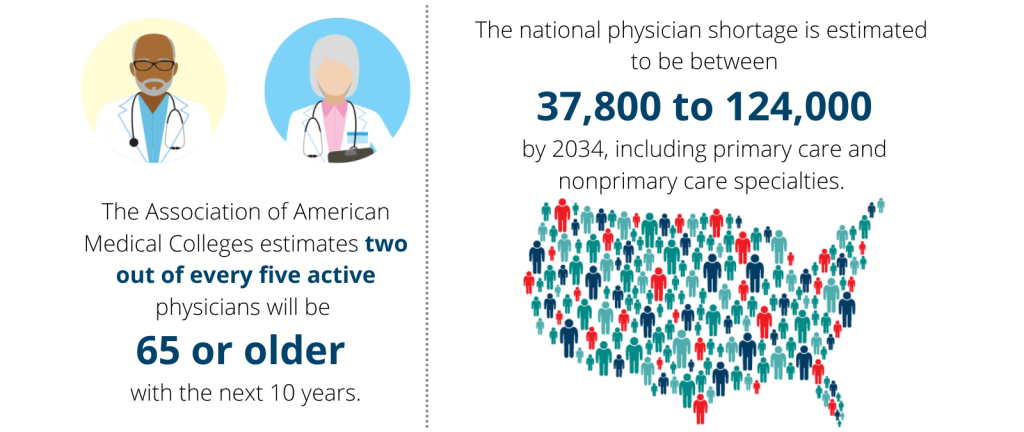

 Workplace Safety Posters
Workplace Safety Posters